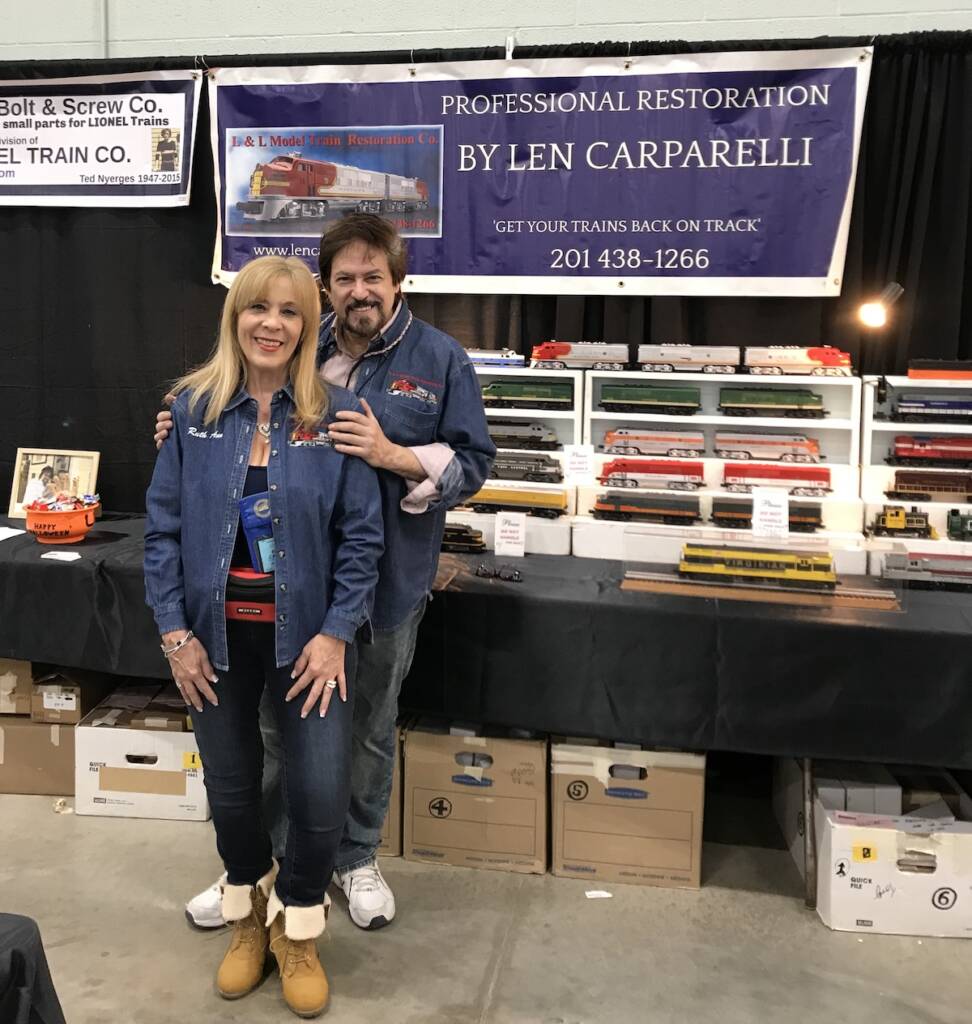
Len Carparelli knew The Lionel Story very well. This talented artist, who made a career from restoring trains, primarily locomotives, built by Lionel during the post-World War II era of production, understood deeply the heritage that had shaped him. Len respected greatly the painters and designers who had come before him, and he aimed with […]
Read More…
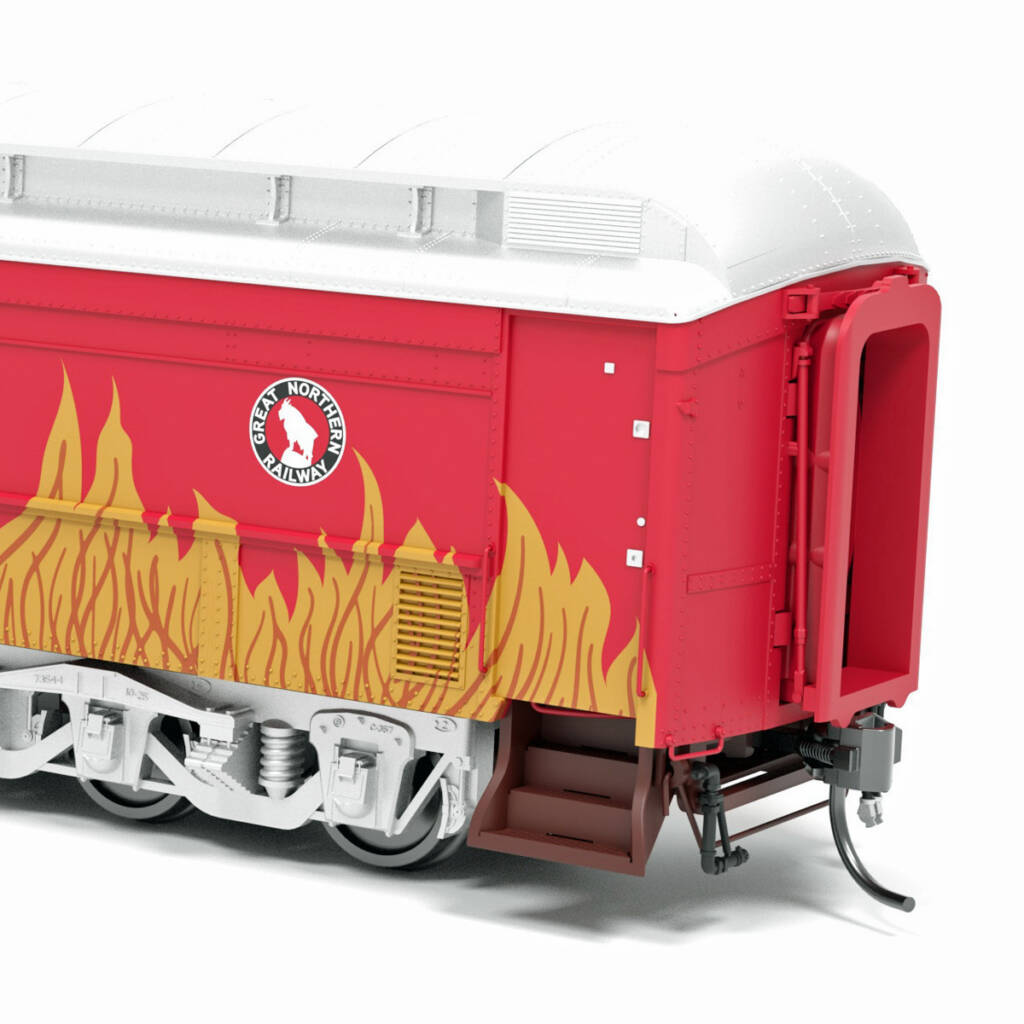
Broadway Limited HO instruction and exhibit cars Scale: HO (1:87.1) Price: $89.99 Era: Varies depending on paint scheme Manufacturer: Broadway Limited Imports, 9 East Tower Circle, Ormond Beach, FL 32174; 386-673-8900; broadway-limited.com Features on Broadway Limited HO instruction and exhibit cars: ABS body and chassis Based on modified coach tooling developed for 1947 American Freedom […]
Read More…
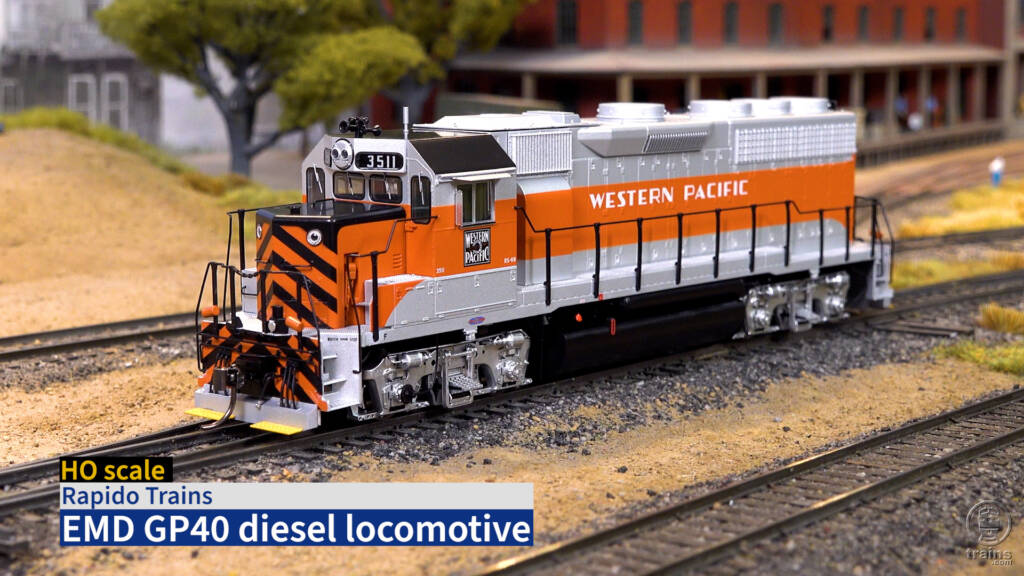
A Rapido Trains HO scale (1:87.1) Electro-Motive Division (EMD) GP40 diesel locomotive arrives in Model Railroader magazine’s workshop for review and testing! With cameras rolling, Senior Editor Cody Grivno takes a close look at the real-life EMD GP40, including the history of Western Pacific no. 3511, built by EMD in April 1967. The model features […]
Read More…

A Rapido Trains HO scale (1:87.1) Electro-Motive Division (EMD) GP40 diesel locomotive arrives in Model Railroader magazine’s workshop for review and testing! With cameras rolling, Senior Editor Cody Grivno takes a close look at the real-life EMD GP40, including the history of Western Pacific no. 3511, built by EMD in April 1967. The model features […]
Read More…
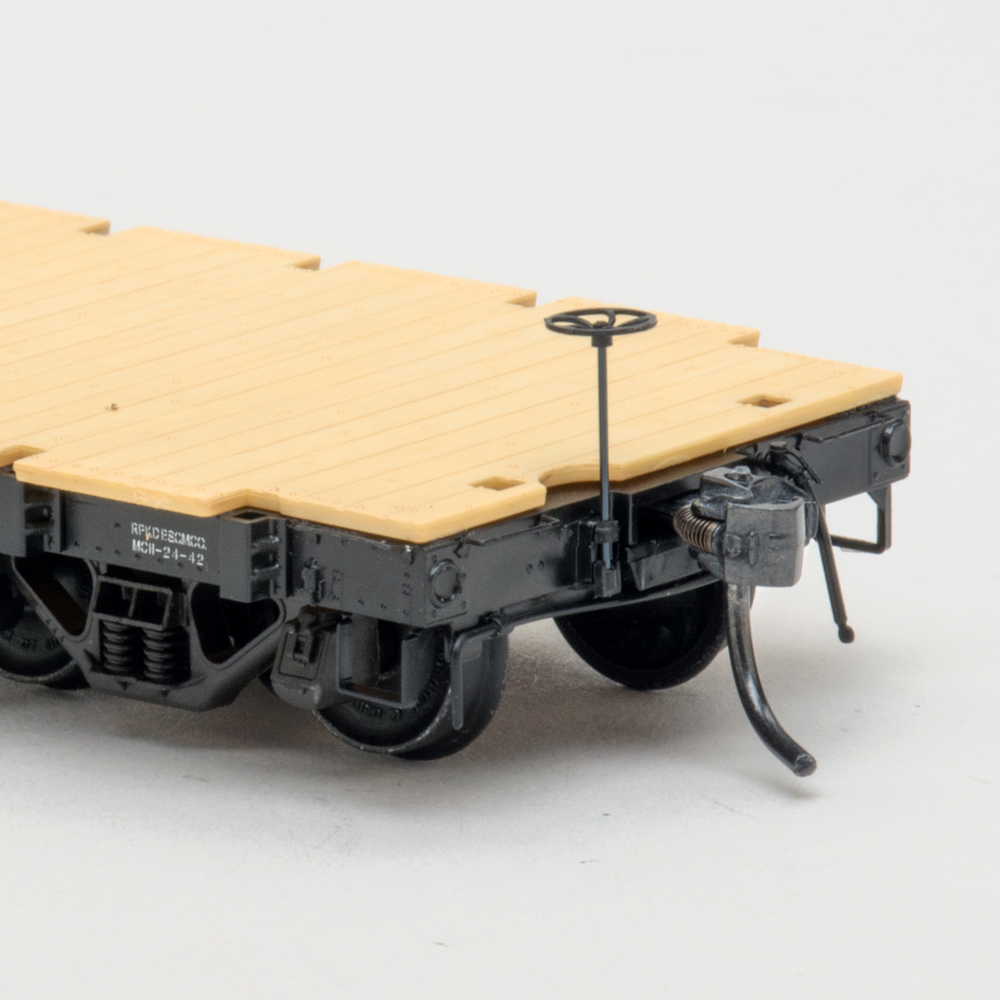
An Association of American Railroads (AAR) 50-ton flatcar is the latest body style from Kadee Quality Products Co. The newly tooled HO scale model features injection-molded plastic construction, a detailed underbody, and No. 158 whisker couplers. Prototype history The AAR recommended three 50-foot flatcar designs in 1941. In his book Freight Cars of the ’40s […]
Read More…
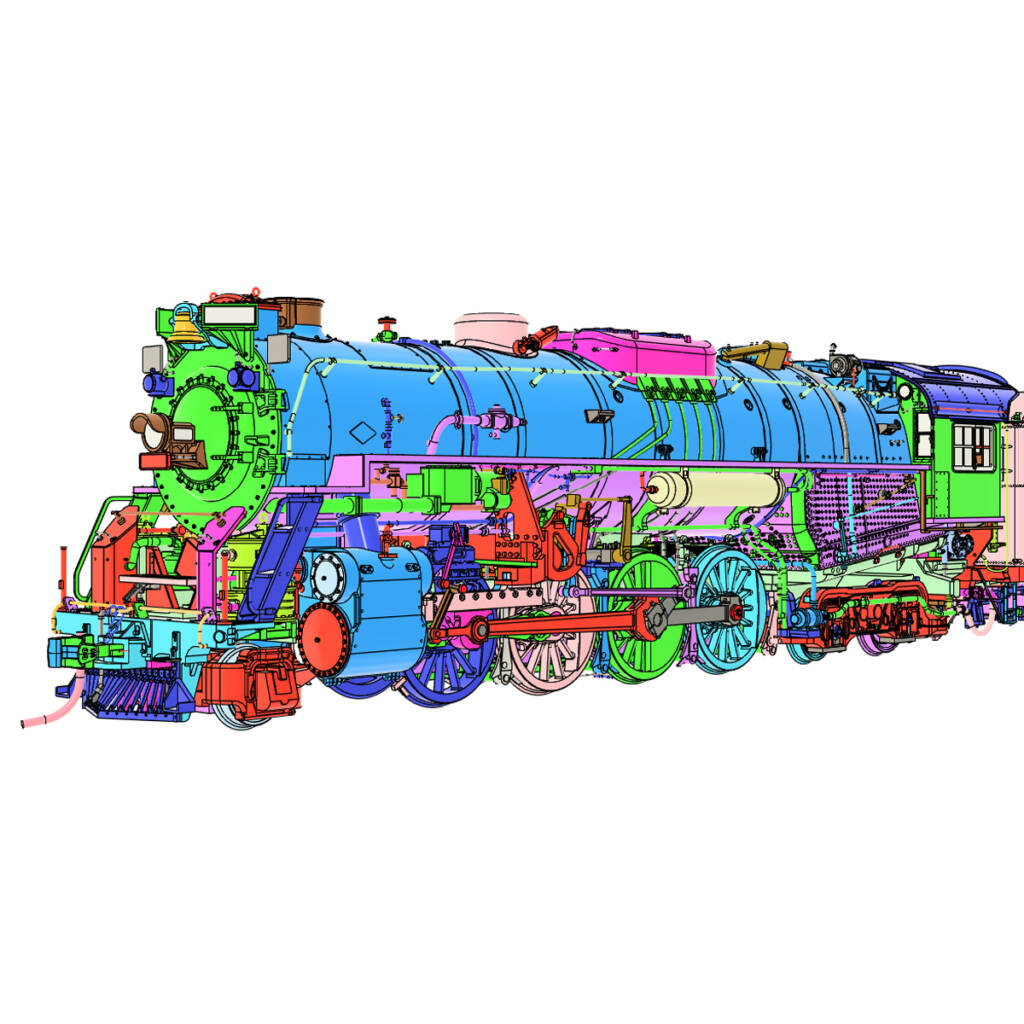
News & Products for the week of September 15th 2025 Model railroad operators and builders can get the latest information about locomotives, freight cars, passenger cars, tools, track, and more by reading Model Railroader’s frequent product updates. The following are the products Model Railroader editors have news on for the week of September 15th, […]
Read More…
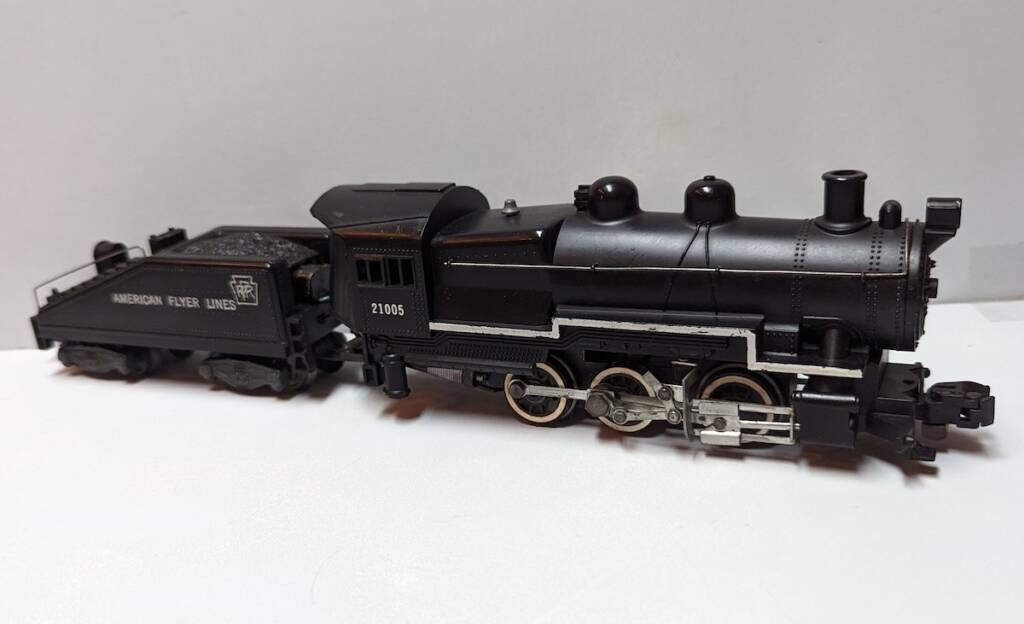
In its heyday as “The Standard Railroad of the World,” the Pennsylvania Railroad had thousands of trackside industries systemwide to service. Each needed regular switching, and many were located in industrial complexes with tight clearances and sharp curves. The PRR developed the 0-6-0 switcher, or as they called it, a “shifter.” The first model B6 […]
Read More…
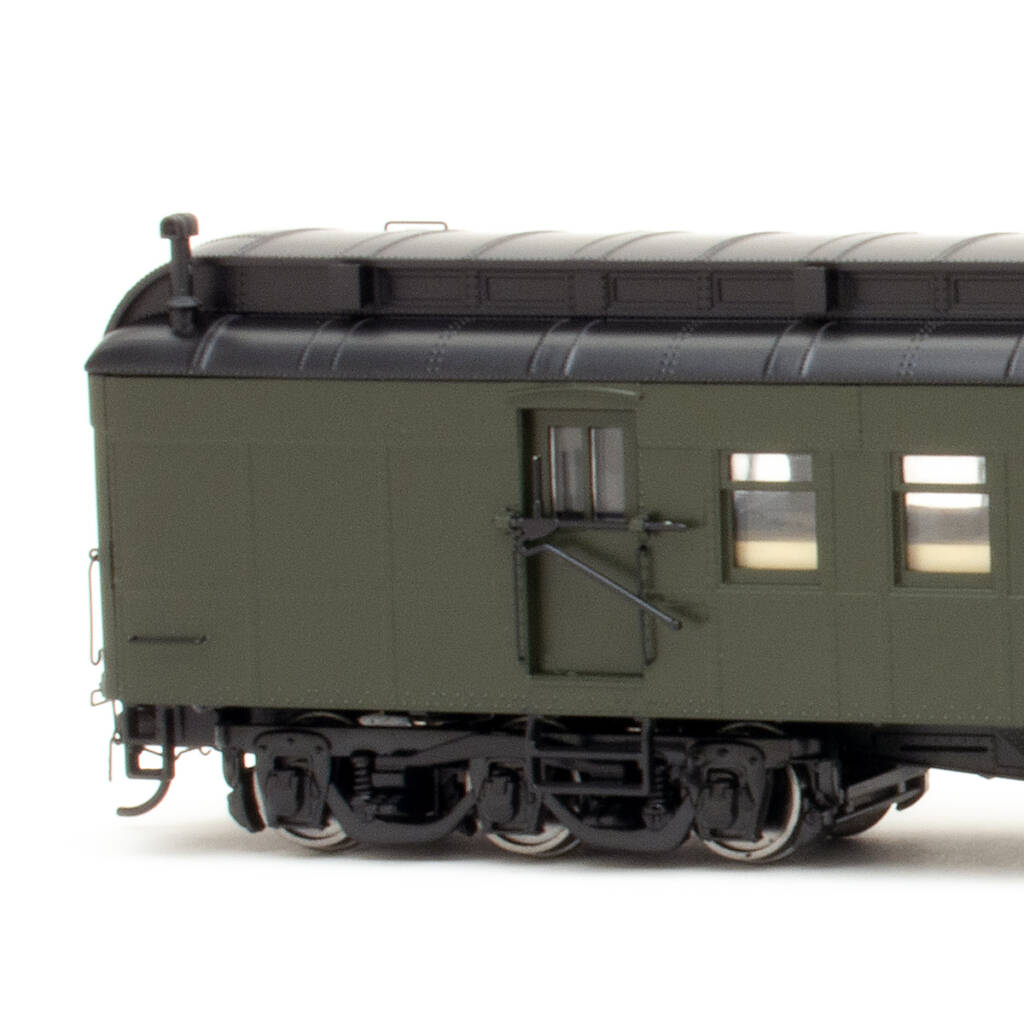
WalthersProto HO heavyweight RPO-baggage car Scale: HO (1:87.1) Price: $94.98 Manufacturer: Wm. K. Walthers Inc., 5601 W. Florist Ave., Milwaukee, WI 53218; 414-527-0770; walthers.com WalthersProto HO heavyweight RPO-baggage car features: 30-foot postal apartment with mailbag stanchions, sorting cases, and more Based on prototypes in service from 1914 to 1970s Clear window glazing Detailed underbody with […]
Read More…
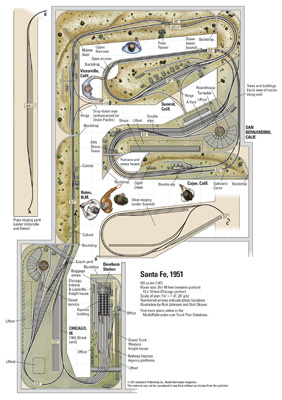
From Midwest farmlands to the Pacific Coast, and the mountains and deserts in between, the Atchison, Topeka & Santa Fe Railway offers a buffet of modeling opportunities. This popular former Class I railroad has captured the hearts of model railroaders, and there are many modeling products and materials readily available to help modelers go “Santa […]
Read More…
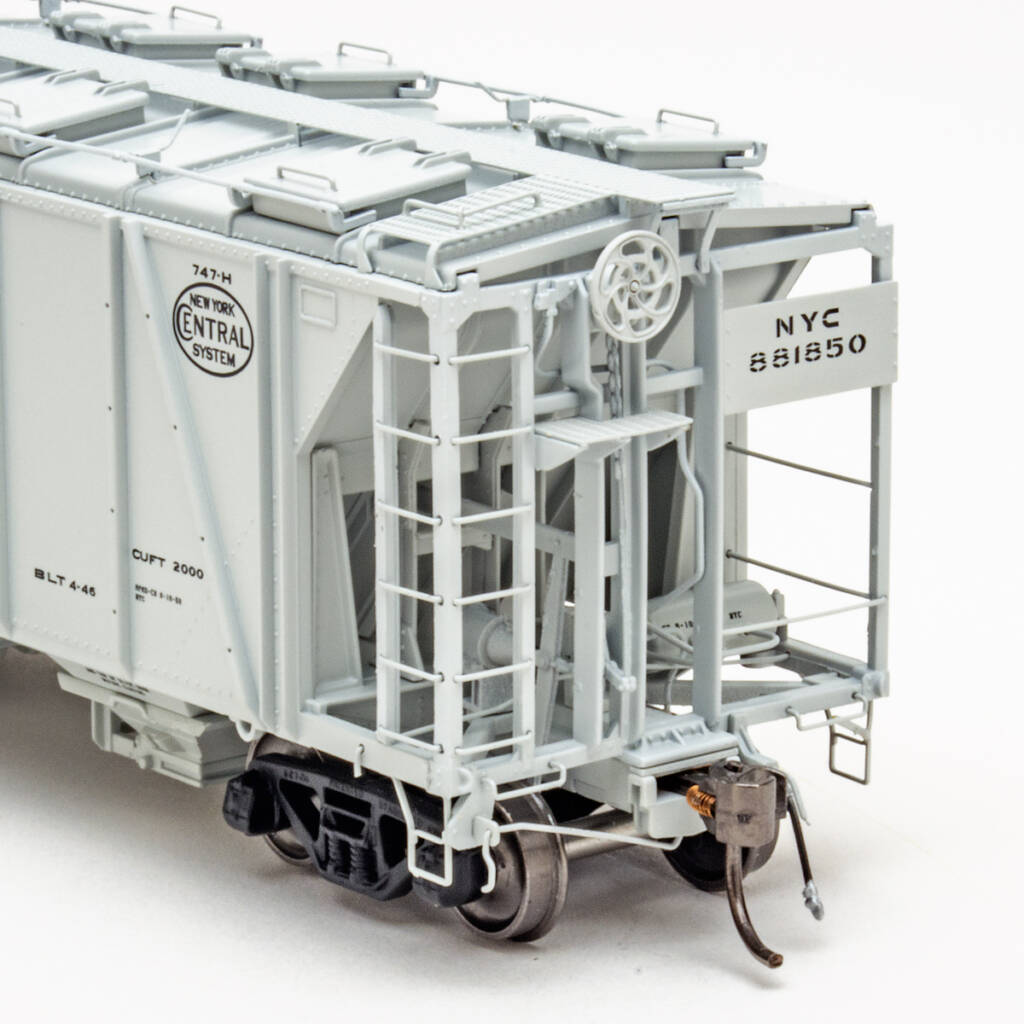
Rapido Trains HO Enterprise covered hopper Scale: HO (1:87.1) Price: Single car, $54.95; three-pack, $164.85; and six-pack, $329.70 Manufacturer: Rapido Trains, 382 High St, Buffalo, NY 14204; 905-474-3314; rapidotrains.com Rapido Trains HO Enterprise covered hopper features: Designed from original blueprints and field measurements Detailed body and underframe Canadian National and New York Central versions available […]
Read More…
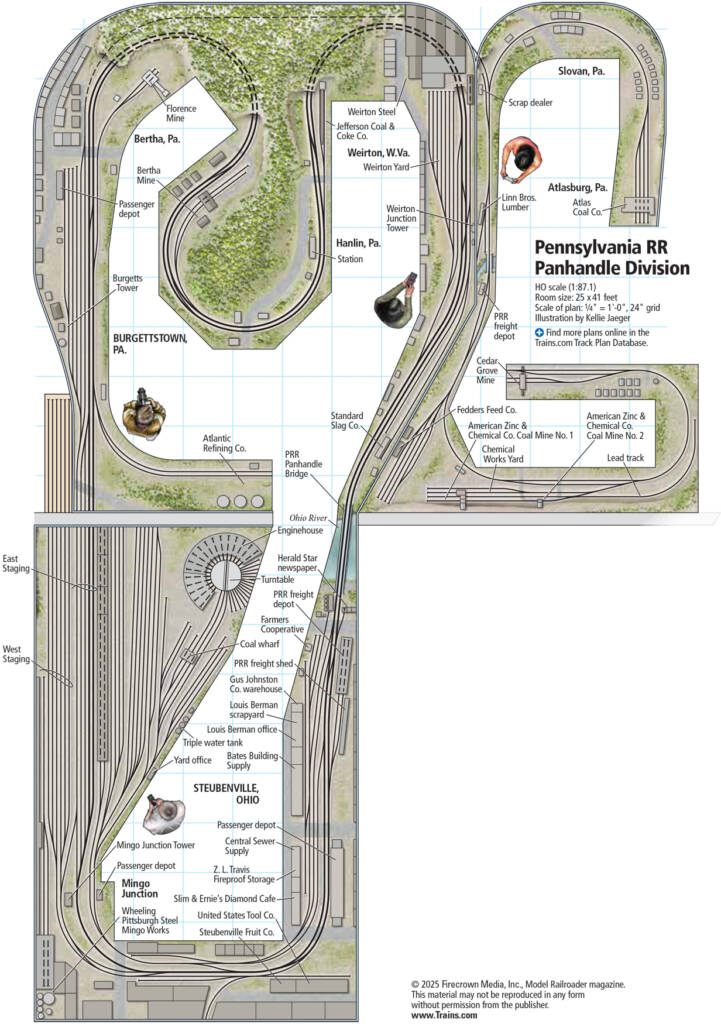
Facts and features Name: Pennsylvania RR Panhandle Division Scale: HO (1:87.1) Size: 25 x 41 feet Prototype: Pennsylvania RR Locale: eastern Ohio, western Pennsylvania, and West Virginia panhandle Era: late 1940s and early 1950s Style: walk-in Mainline run: 150 feet Minimum radius: 36″ (main), 24″ (branch) Minimum turnout: No. 6 (main), No. 5 (branch) Maximum […]
Read More…
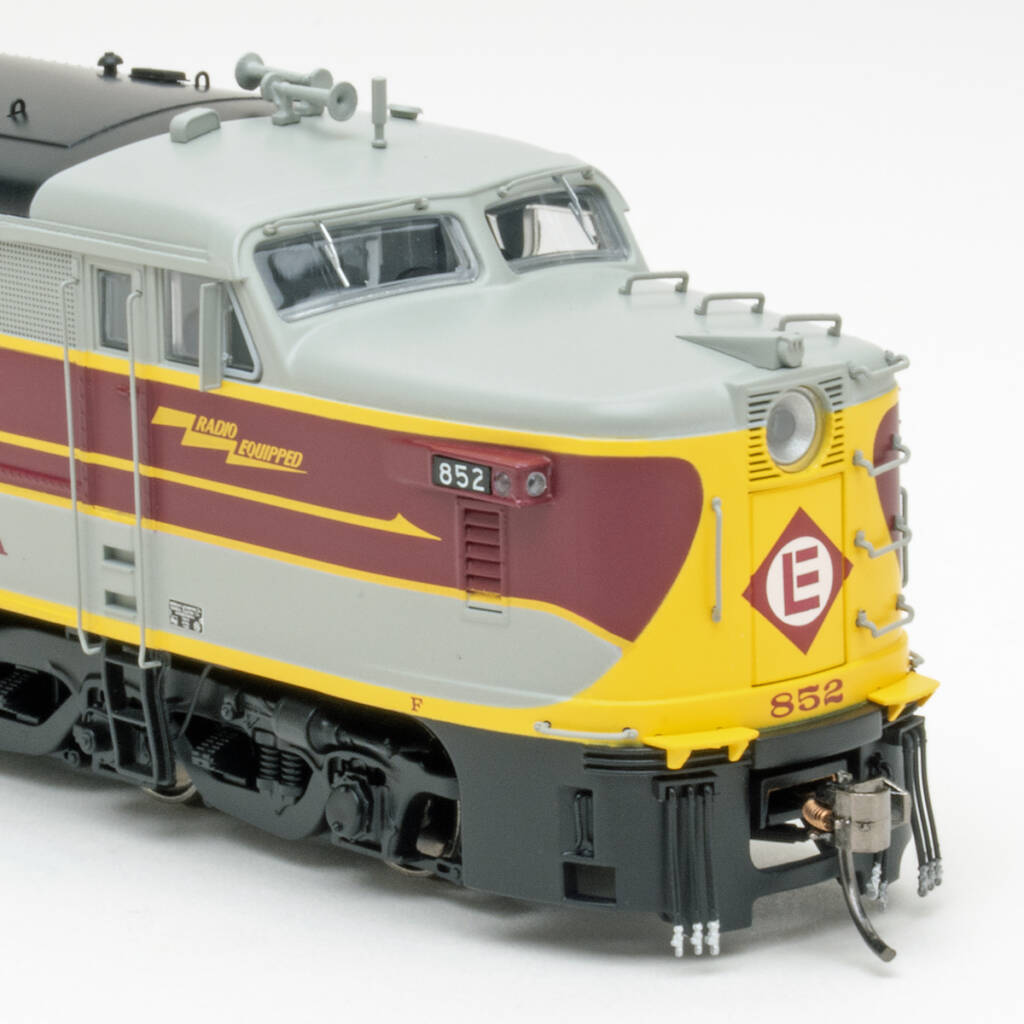
Rapido HO Alco PA1 and PB1 diesels Scale: HO (1:87.1) Price: Single A unit — without sound, $239.95; with ESU LokSound V5 decoder, $349.95. A-A and A-B sets — without sound, $459.90; with ESU LokSound V5 decoder, $669.90 Manufacturer: Rapido Trains, 382 High St, Buffalo, NY 14204; 905-474-3314; rapidotrains.com Rapido Trains HO Alco PA1 and […]
Read More…











